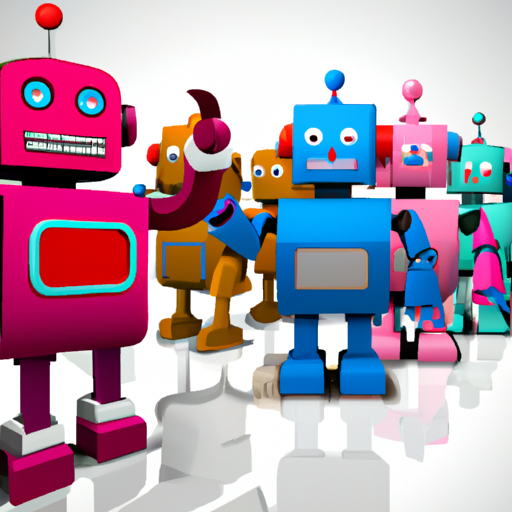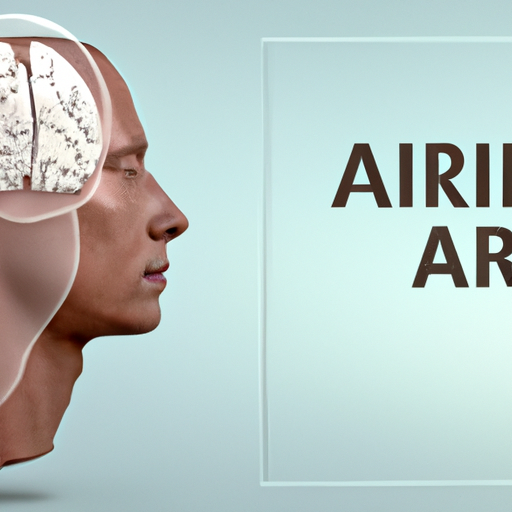The rapid advancement of technology has ushered in a new era of robotics, with social robots taking center stage. These intelligent machines are designed to interact with humans and enhance our daily lives, making them a significant aspect of modern innovation.
What are Social Robots?
Social robots are robots designed to engage and interact with humans in a social setting. Unlike traditional robots that are purely functional, social robots are programmed to understand human emotions, respond to verbal communication, and even mimic human movements. This ability allows them to act as companions or helpers in various environments ranging from homes to healthcare facilities.
The Rise of Social Robots
The last decade has seen a surge in the development and deployment of social robots. From humanoid robots like Sophia, who can engage in conversations, to digital companions like Amazon’s Alexa, these robots are designed to make our lives easier while also providing companionship. Their applications span various fields including education, healthcare, and customer service.
Benefits of Social Robots
- Companionship: Social robots offer companionship to the elderly and those feeling isolated, providing comfort and a sense of connection.
- Educational Tools: In classrooms, social robots can engage students, making learning more interactive and enjoyable.
- Healthcare Assistance: These robots are used in hospitals to assist with monitoring patients and providing information, enhancing the efficiency of healthcare services.
- Customer Interaction: Businesses deploy social robots in customer service roles, helping to streamline interactions and improve customer satisfaction.
Challenges and Ethical Considerations
As social robots become more integrated into our lives, it is essential to address the challenges and ethical considerations they present. Issues such as data privacy, emotional dependency, and the impact on human relationships must be carefully examined. Open discussions among developers, ethicists, and the public are vital to ensure that social robots serve the best interests of society.
The Future of Social Robots
The potential for social robots is immense. As artificial intelligence continues to evolve, we can expect these robots to become even more advanced in understanding human emotions and responding accordingly. They will likely become commonplace in our daily routines, enhancing not only productivity but also enriching our social experiences.
Conclusion
Social robots represent a fascinating intersection of technology and human interaction. As we look toward the future, embracing these innovations will shape how we connect with technology and each other. As we advance, it is crucial to navigate the social implications of these robots responsibly, ensuring they are developed in a way that benefits all of humanity.




